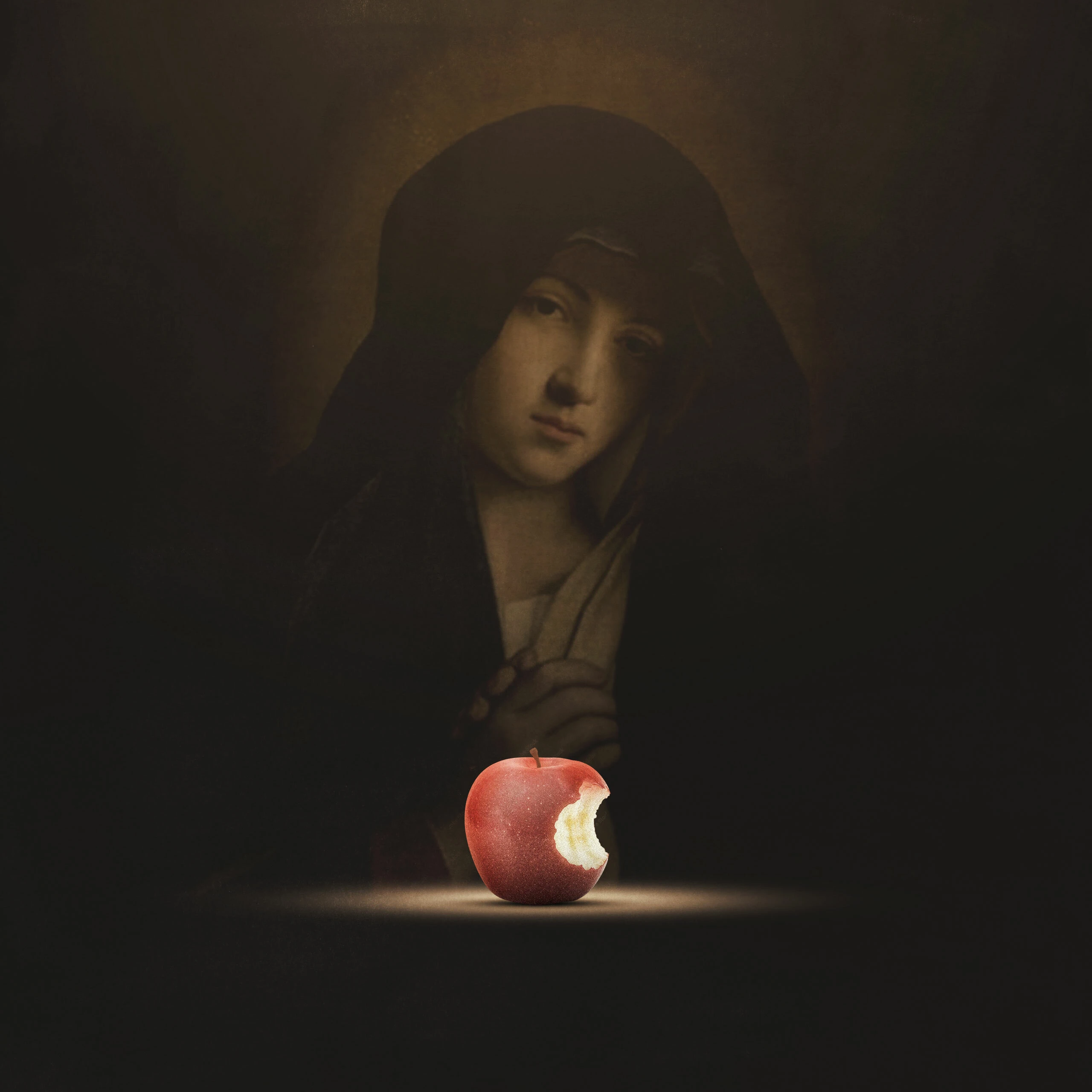Was Mary Born Without Sin?

Tough questions demand complex answers. “Was Mary born without sin?” is not a tough question, and the answer is pretty straightforward: No. Period. The Bible is adamant: “None is righteous, no, not one” (Rom. 3:10). Mary is no exception. Later, Paul argues that “sin came into the world through one man, and death through sin, and so death spread to all men because all sinned” (Rom. 5:12).
If it were for the Bible alone, this article would be finished. However, since the Roman Catholic Church is not committed to Scripture as the ultimate authority, the answer it gives is radically different.
On December 8 each year, the solemnity of the immaculate conception of Mary is celebrated. On this occasion, the Roman Catholic Church contemplates the belief that Mary herself was preserved from original sin. This view had been part of Roman Catholic teaching and devotional practices for centuries, but it was not until 1854 that the immaculate conception was officially promulgated by Pope Pius IX as a dogma, making it a binding and unreformable belief of the Roman Catholic Church. Here is the precise wording of this dogma contained in the papal bull Ineffabilis Deus:
We declare, pronounce, and define that the doctrine which asserts that the Blessed Virgin Mary, from the first moment of her conception, by a singular grace and privilege of almighty God, and in view of the merits of Jesus Christ, Savior of the human race, was preserved free from every stain of original sin, is a doctrine revealed by God and, for this reason, must be firmly and constantly believed by all the faithful.
In spite of the bold and conclusive language of declaring, defining, and asserting, it is difficult to come to terms with this Marian dogma from a biblical perspective. There is not even a hint of evidence for this belief in the Bible. How can such a view be elevated to dogmatic status if the Word of God is, at best, silent on it?
It is always interesting to listen to the way in which Roman Catholic theology argues for the immaculate conception of Mary by trying to relate it to scriptural teaching. One important occasion in this regard was a speech given by Pope Francis on December 8, 2016. In his speech, the pope argued that Jesus came not as an adult “grown and strong,” but decided to “follow the journey of a human being” as One who was “made equal to us in every way, except one thing . . . sin.” Because of this, “he chose Mary, the only creature without sin, immaculate.” He noted that when the angel refers to Mary, “she is called ‘full of grace,’ which the pope took to mean that, from the beginning, there was “no space for sin” inside of her. He then said, “And when we turn to her, we too recognize this beauty: we invoke her, ‘full of grace,’ without a shadow of evil.”
The Bible is adamant: “None is righteous, no, not one” (Rom. 3:10). Mary is no exception.
The biblical reference the Pope recalls is Luke 1:28, where Mary is addressed by the angel Gabriel as a “favored” one. The Vulgate, the late fourth-century Latin version of the Bible, translates this expression as “gratia plena” (“full of grace”), thus opening up all sorts of misconceptions, as if Mary possessed the fullness of grace in herself. This translation has been taken to imply that she was so full of grace that she must have been conceived without original sin.
However, there is no hint in the text that Mary is “full” of grace and therefore “void” of sin. Being “favored” indicates that she is an unworthy recipient of God’s grace, just like the rest of us. This is further reinforced by the fact that Mary calls God her “Savior” (Luke 1:47), indicating that she thinks of herself as needing God’s salvation, just like the rest of humankind. There is no intrinsic grace in her that exists apart from God’s divine favor and His presence with her.
It seems, therefore, that the argument for the immaculate conception of Mary is based on a faulty translation of the passage, leading to an implausible doctrine that impinges on anthropology and soteriology and disturbs core teachings of the biblical gospel. The plain teaching of Scripture is that “all have sinned and have fallen short of the glory of God” (Rom. 3:23). There is no reference to a special provision for anyone. Mary was not saved by “preservation” from sin. She was a sinner like any human being, and her sin was atoned for by the Son because she was part of the fallen humanity that had inherited Adam’s sin. Jesus is the new Adam, born without sin, to save Adam’s sinful offspring, including Mary.
The fact that the Roman Catholic Church is fully committed to the immaculate conception of Mary still represents a serious question mark for all those who want to ground their faith in what the Bible teaches. Roman Catholicism, eminently expressed in its sophisticated Mariology, is not based on Scripture alone but is on a trajectory in which devotions and traditions can have the final say above—and contrary to—the Bible.

